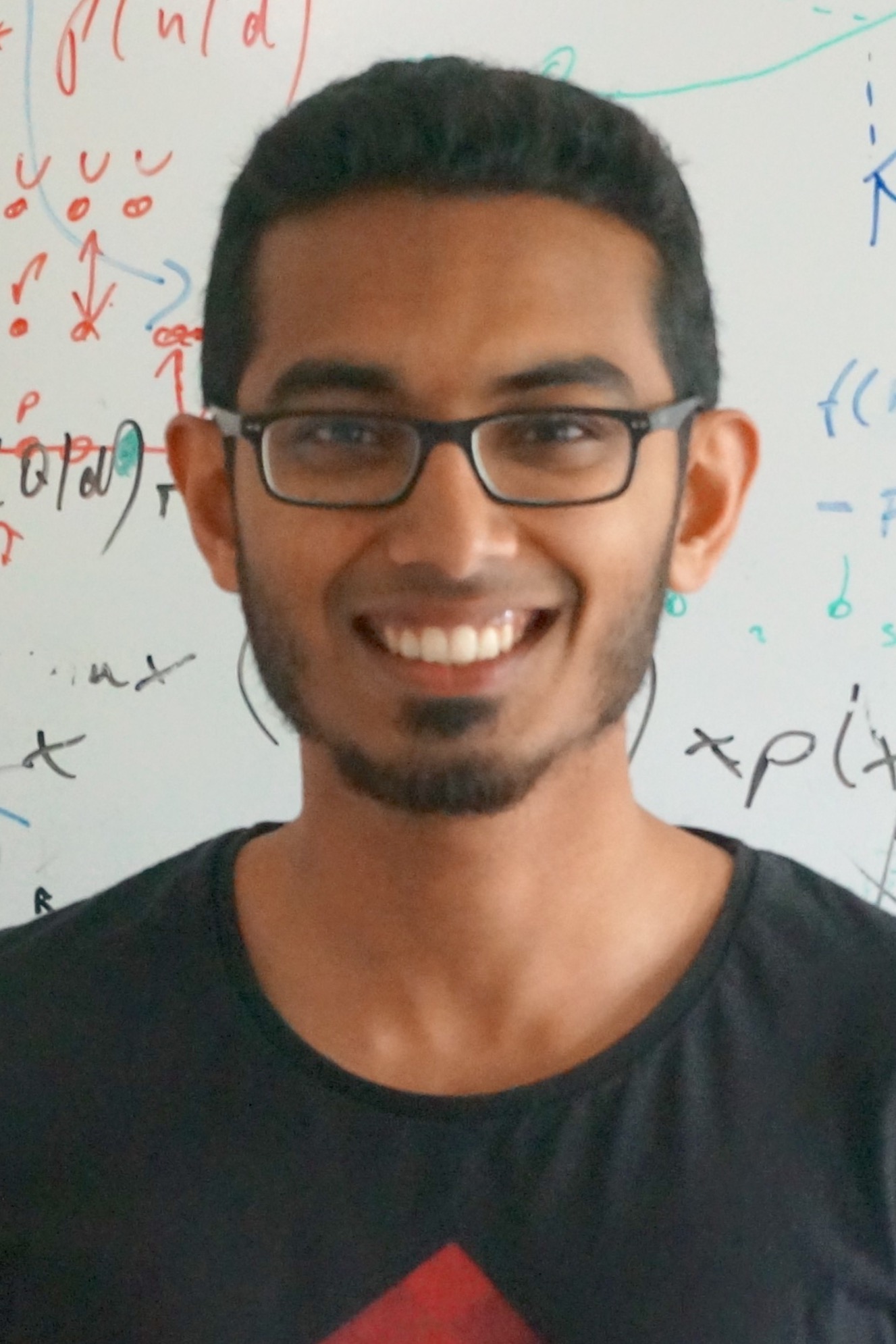Deformable models meet deep learning: supervised and unsupervised approaches
Abstract: In this talk I will be presenting recent work on combining ideas from deformable models with deep learning. I will start by describing DenseReg and DensePose, two recently introduced systems for establishing dense correspondences between 2D images and 3D surface models ``in the wild'', namely in the presence of background, occlusions, and multiple objects. [...]
Building Scalable Framework and Environment of Reinforcement Learning
Abstract: Deep Reinforcement Learning (DRL) has made strong progress in many tasks that are traditionally considered to be difficult, such as complete information games, navigation, architecture search, etc. Although the basic principle of DRL is quite simple and straightforward, to make it work often requires substantially more samples with more computational resource, compared to traditional [...]
Learning Deep Multimodal Features for Reliable and Comprehensive Scene Understanding
Abstract Robust scene understanding is a critical and essential task for autonomous navigation. This problem is heavily influenced by changing environmental conditions that take place throughout the day and across seasons. In order to learn models that are impervious to these factors, mechanisms that intelligently fuse features from complementary modalities and spectra have to be [...]
Scene Understanding
Abstract: Accurate and efficient scene understanding is a fundamental task in a variety of computer vision applications including autonomous driving, human-machine interaction, and robot navigation. Reducing computational complexity and memory use is important to minimize response time and power consumption for portable devices such as robots and virtual/augmented devices. Also, it is beneficial for vehicles [...]
Carnegie Mellon University
Robot Design for Everyone: Computational Tools that Democratize the Design of Robots
Abstract: A grand vision in robotics is that of a future wherein robots are integrated in daily human life just as smart phones and computers are today. Such pervasive integration of robots would require faster design and manufacturing of robots that cater to individual needs. For instance, people would be able to obtain customized smart [...]
Carnegie Mellon University
Semantic Segmentation for Terrain Roughness Estimation Using Data Autolabeled with a Custom Roughness Metric
Traditional methods for off-road terrain estimation use some type of learning network to predict hand labeled classes of terrain such as short grass, tall grass, dirt, and trees. Other methods of learning which can give more detailed, but stilldiscrete classes, use on board sensors to measure the terrain roughness, and then predict the terrain type. There also exists [...]
Carnegie Mellon University
Robust Soft-Matter Robotic Materials
Abstract: Emerging applications in wearable computing, human-machine interaction, and soft robotics will increasingly rely on new soft-matter technologies. These soft-matter technologies are considered inherently safe as they are primarily composed of intrinsically soft materials---elastomers, gels, and fluids. These materials provide a method for creating soft-matter counterparts to traditionally rigid devices that exhibit the mechanical compliance [...]
Carnegie Mellon University
Automated Design of Manipulators For In-Hand Tasks
Grasp planning and motion synthesis for dexterous manipulation tasks are traditionally done given a pre-existing kinematic model for the robotic hand. In this paper, we introduce a framework for automatically designing hand topologies best suited for manipulation tasks given high level objectives as input. Our goal is to ultimately design a program that is able [...]
Relating First-person and Third-person Videos
Abstract: Thanks to the availability and increasing popularity of wearable devices such as GoPro cameras, smart phones and glasses, we have access to a plethora of videos captured from the first person perspective. Capturing the world from the perspective of one's self, egocentric videos bear characteristics distinct from the more traditional third-person (exocentric) videos. In [...]
Learning Neural Parsers with Deterministic Differentiable Imitation Learning
Abstract: In this work, we explore the problem of learning to decompose spatial tasks into segments, as exemplified by the problem of a painting robot covering a large object. Inspired by the ability of classical decision tree algorithms to construct structured partitions of their input spaces, we formulate the problem of decomposing objects into segments [...]









